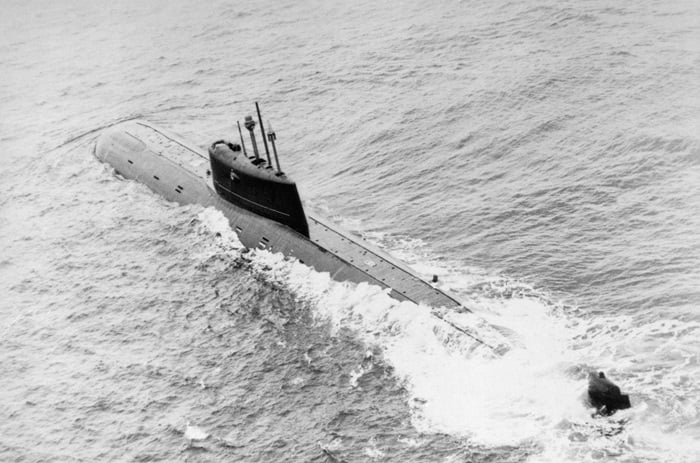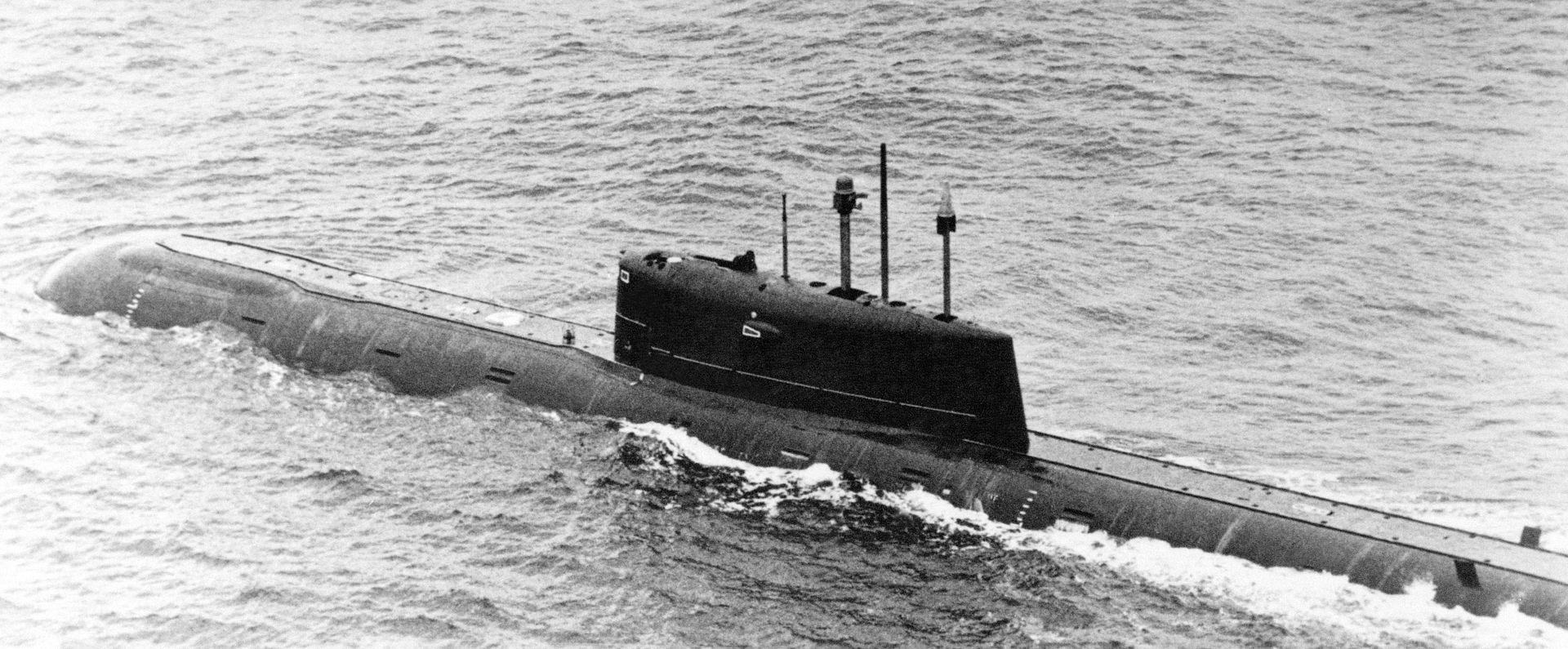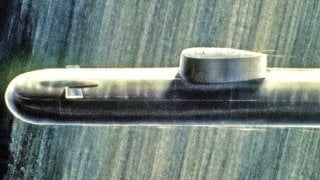Nuclear Warheads Lost: Russia Lost a Titanium Submarine That Leaks Radiation
The Soviet nuclear submarine K-278 Komsomolets sank in the Barents Sea on April 7, 1989, after a fire broke out onboard, killing 42 crewmen.
Summary and What You Need to Know: The Soviet nuclear submarine K-278 Komsomolets sank in the Barents Sea on April 7, 1989, after a fire broke out onboard, killing 42 crewmen.

-The wreck, located at a depth of 1.7 km, poses significant environmental risks due to its nuclear reactor and two nuclear warhead-armed torpedoes.
-Concerns over radioactive leakage have prompted multiple expeditions, including a recent one by Russian scientists to monitor the wreck's condition.
-Despite its tragic loss, the Komsomolets was one of the most advanced submarines of its time, designed with a titanium pressure hull for deep-sea operations.
Russia’s K-278 Komsomolets: The Nuclear Submarine That Won't Stop Leaking
A few years back, Russian scientists embarked on a mission to the wreck of the K-278 Komsomolets (NATO reporting name: Mike-class), the Soviet nuclear submarine that sank three decades earlier when a fire broke out on the boat as it was off Norway’s northern coast. The nuclear-powered and nuclear-armed submarine met her fiery demise in the Barents Sea on April 7, 1989, killing 42 crewmen.
Despite the fact that fire engulfed the engineering compartment, the K-278 was able to surface and even remained afloat for some five hours before sinking to her watery grave on the floor of the Barents Sea, about a mile (1.7 km) deep.
What has been a major point of concern in the years since is what damage to the environment could occur from her nuclear reactor as well as her two nuclear warhead-armed torpedoes.
The recent expedition included scientists from the Russian-based Roshydromet, which is focused on the field of radiation monitoring, and specialists from Sevhydromet, and it was meant to determine whether the wreck still presents threats to the undersea environment.
“The expedition of Roshydromet left Arkhangelsk on the ship Professor Molchanov to the site of the sinking of the nuclear submarine Komsomolets. Scientists will examine a potentially dangerous radiation facility,” the press service of Sevhydromet, Russian state media reported at the time.
The loss of the Komsomolets was a major shock to the Soviet Navy, as it was considered the most advanced nuclear-powered submarine in service at the time.
Environmental Concern
The boat was carrying two plutonium warheads when she was lost on April 7, 1989. Both now lie at a depth of 1,680 meters with the rest of the sub’s wreckage and continue to pose ongoing concerns about radioactive leakage at the bottom of the Norwegian Sea. Yet, plutonium isn’t the only concern. The submarine’s nuclear reactor was also loaded with nuclear fuel, and it produces other radioactive isotopes including cesium 137 and strontium 90.

Leakage from the wreck – though deeply submerged and unlikely to contaminate fish stocks – had been detected on previous missions Russia and Norway have undertaken since the Komsomolets sank years ago.
In fact, a 2019 joint expedition launched by the two countries discovered the leakage directly around the submarine’s hull had increased slightly over levels measured in 1998 and 2007.
Still onboard the submarine are 20 convention torpedoes, which also pose a significant hazard.
For those reasons, since the 1990s, Norwegian scientists have been monitoring the wreck of the Soviet submarine, which is located southwest of Norway’s Bear Island and 350 kilometers northwest of the country’s mainland coast.
Mike: Advanced Submarine
Designed to have an operating depth far greater than that of the U.S. Navy’s best submarines, the K-278 utilized a double hull, with the inner hull being composed of titanium. That pressure hull was further composed of seven compartments with the second and third protected by stronger forward and aft bulkheads creating a “safety zone” in case of an emergency.
In theory, the Komsomolets was able to evade American detection by going deeper than any rival submarine. The only submarine of her class, she was operated by a relatively small crew of just 69 sailors. That fact is likely why the loss of life wasn’t far greater.
On April 7, 1989, the boat was cruising at a depth of 386 meters and 8 knots in international waters in the Norwegian Sea. At 10:55 am local time fire broke out in one of the electrical panels in compartment seven at the aft of the boat. According to the official report, the fire was ignited by leaked hydraulic fluid or oil vapors from a separator. That fire burned so hotly that soon it consumed the entire compartment and leaked smoke into compartment six.
The boat was able to surface, but the hours-long efforts to keep her afloat failed, and only at 4:42 pm did Captain First Rank Vevgeniy Vanin finally give the order to abandon ship. Rafts were inflated from the crippled submarine while others were dropped by aircraft. However, few of the crew could reach them in time, and some 50 sailors were forced into the frigid waters.
Six sailors, including Captain Vanin, remained aboard the boat as it sank just after 5pm. They attempted to use the escape pod, but one of the crew was accidentally left behind as thick smoke made it difficult to see. The five remaining men were in the pod as it reached the surface, yet only one was able to escape after its hatch blew off. In total, 42 of the 69 crewmen were killed in the accident – just one of several involving Soviet submarines in the Cold War.
Each April 7, the Russian Federation celebrates the Day of Remembrance of the Fallen Submariners. The day was established by order of the Commander-in-Chief of the Russian Navy dated December 19, 1995 in memory of the tragic death of the Komsomolets submarine.
About the Author
Peter Suciu is a Michigan-based writer who has contributed to more than four dozen magazines, newspapers, and websites with over 3,000 published pieces over a twenty-year career in journalism. He regularly writes about military hardware, firearms history, cybersecurity, and international affairs. Peter is also a Contributing Writer for Forbes.
Image Credit: Creative Commons.


